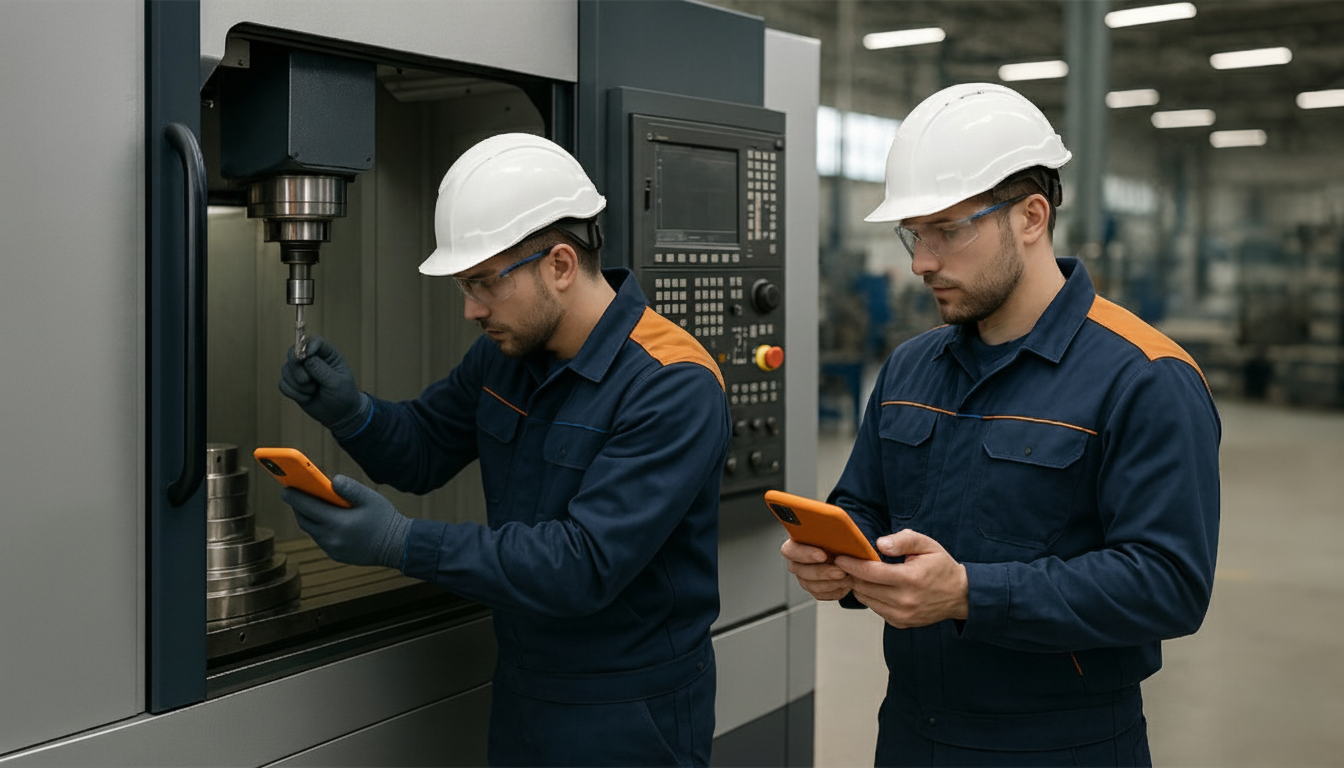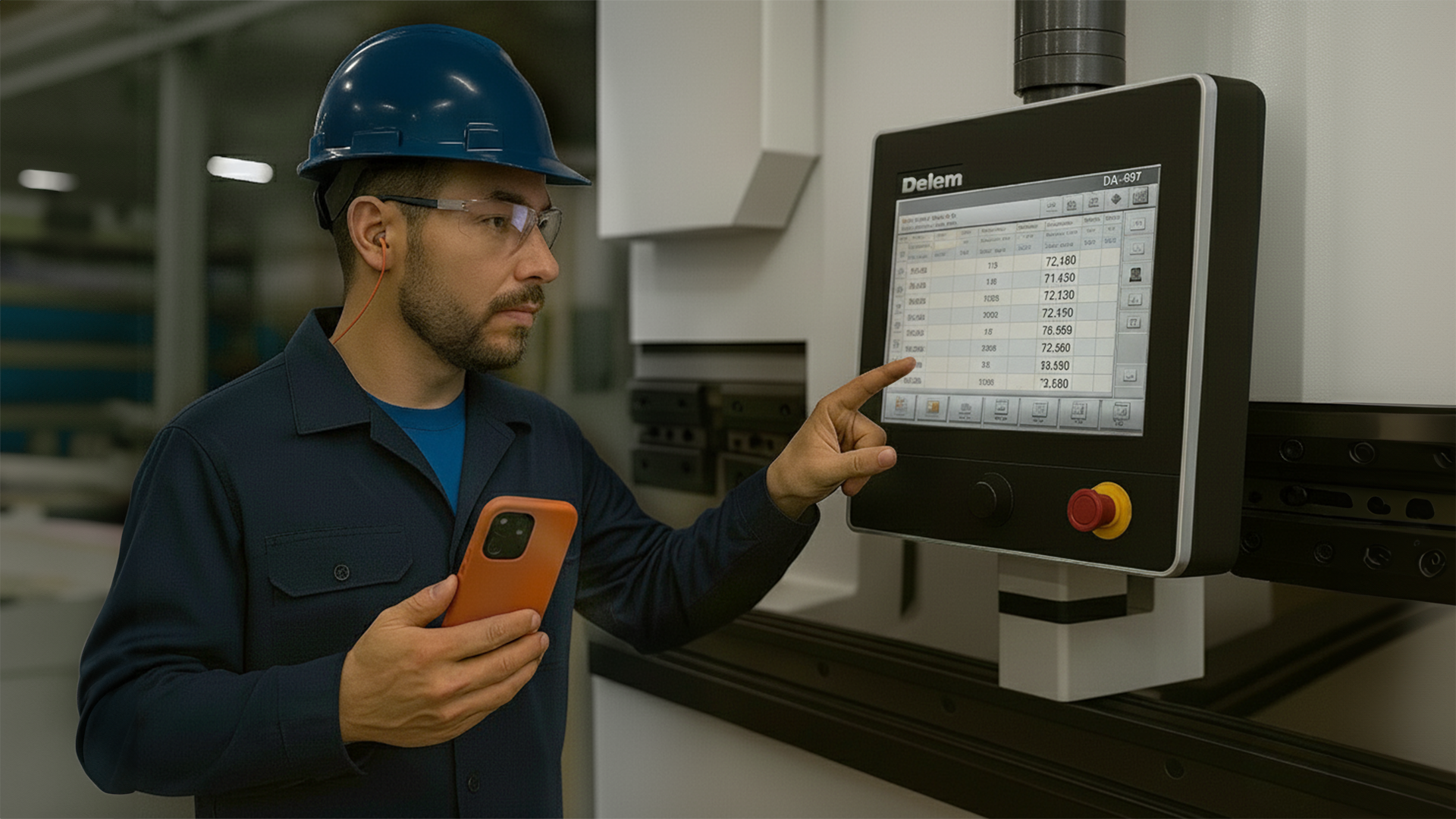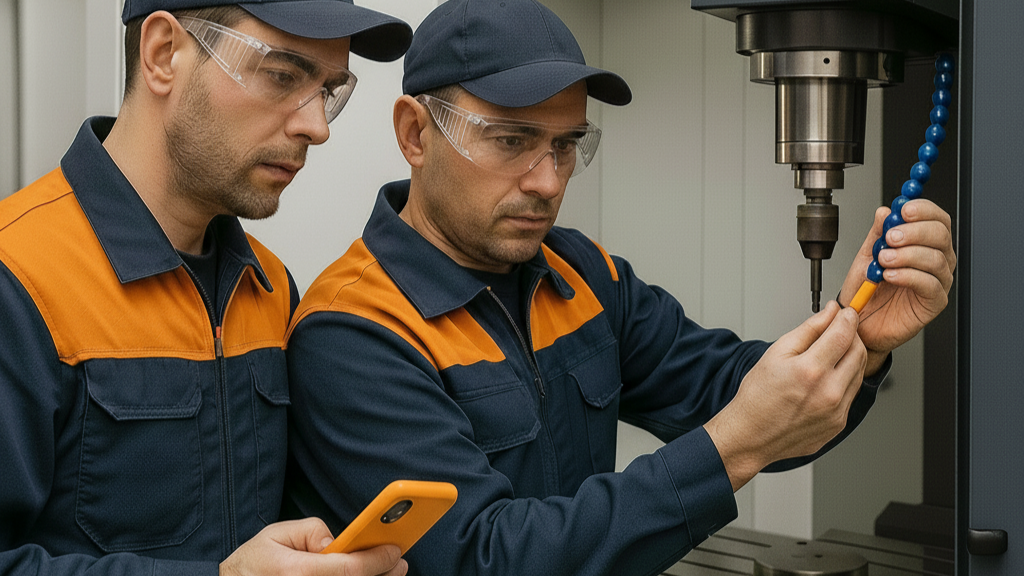How Planned Maintenance Reduces Unplanned Downtime and Controls High Maintenance Costs
Whether you’re managing metal manufacturing processes or optimizing operational efficiency, Planned Maintenance (PM) is a critical pillar of Total Productive Maintenance (TPM) that helps prevent unexpected equipment failures. By implementing PM strategies, manufacturers can reduce unplanned downtime, lower maintenance and repair costs, and improve overall productivity.
The Cost of Unplanned Downtime in Metal Manufacturing
Unplanned downtime is one of the most significant challenges in the metal manufacturing industry. It:
- Disrupts production schedules
- Increases repair costs
- Impacts overall profitability
By implementing Planned Maintenance (PM) and scheduling regular inspections and preventive maintenance tasks, PM helps manufacturers address potential issues before they escalate into costly breakdowns.
What Is Planned Maintenance?
Planned Maintenance (PM) involves creating a schedule for:
- Routine equipment care based on historical data
- Usage patterns
- Condition monitoring
This proactive approach ensures that
maintenance tasks are performed at optimal intervals, reducing the likelihood of unexpected failures.
Key Benefits of Planned Maintenance
- Reduced Unplanned Downtime: PM minimizes disruptions by addressing issues proactively
- Lower Maintenance Costs: Preventive care is significantly less expensive than emergency repairs
- Extended Equipment Lifespan: Regular upkeep prevents wear and tear, maximizing asset longevity
- Improved Operational Efficiency: Reliable equipment ensures smoother production processes
Real-Life Example:
Aluminum Fabricator in Nashville
At a large aluminum fabrication plant in Nashville, Tennessee, a press brake operator demonstrated the power of Planned Maintenance:
- During daily checks, he noticed a gradual drop in hydraulic pressure through sensor alerts
- The operator promptly reported the issue to the maintenance team
- The maintenance team replaced a worn-out press seal before it failed completely
This proactive intervention prevented an unplanned breakdown during a high-demand production period. As a result:
- Press brake downtime was reduced by 50%
- Overall Equipment Effectiveness (OEE) improved from 70% to 76%
This example highlights how trained operators can play a pivotal role in reducing downtime and improving efficiency through PM practices
Impact of Planned Maintenance on Costs and Productivity
Planned maintenance is focuses on using regular checks and data to plan maintenance in advance, making sure equipment stays reliable and available while keeping costs low.
The effective adoption of PM brings measurable benefits: including increased OEE by reducing unexpected failures and downtime, as well as lower maintenance costs with fewer emergency interventions. It also contributes to extending the useful life of equipment, improving operational safety, and stabilizing operating conditions, resulting in higher product quality. (Kaizen Institute)
Why PM Is Essential for Metal Manufacturers
Operations leaders in metal manufacturing are increasingly recognizing the value of Planned Maintenance as part of their TPM strategy. By proactively addressing potential issues, PM not only reduces unplanned downtime but also controls high maintenance costs and extends equipment lifespan.
Learn More
For more insights into TPM strategies and how Planned Maintenance supports operational efficiency, visit TPM impact on Metal Manufacturing.
And that’s your Corvex Connected Workforce Quick Take!
Contact Corvex









